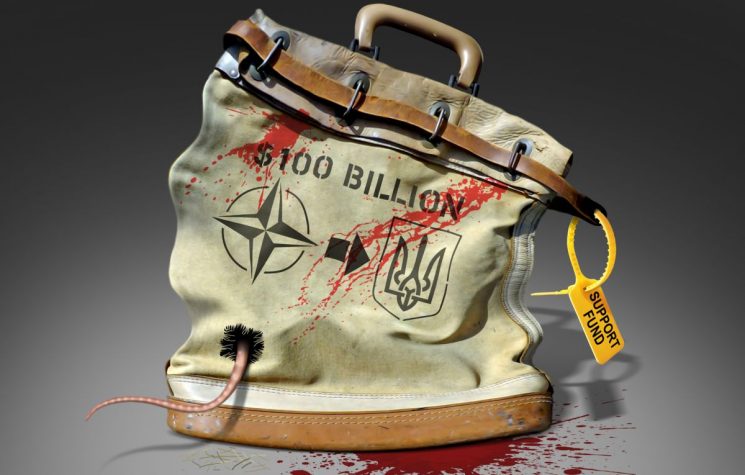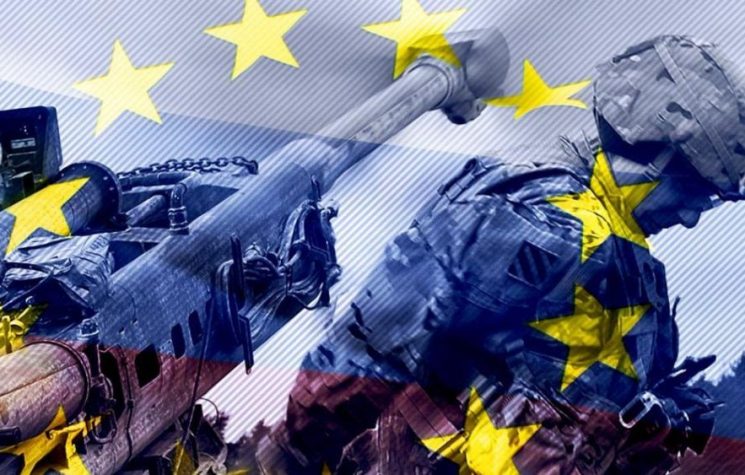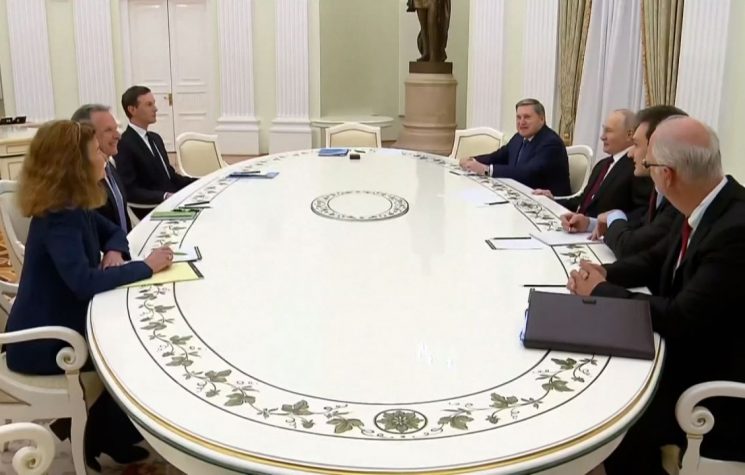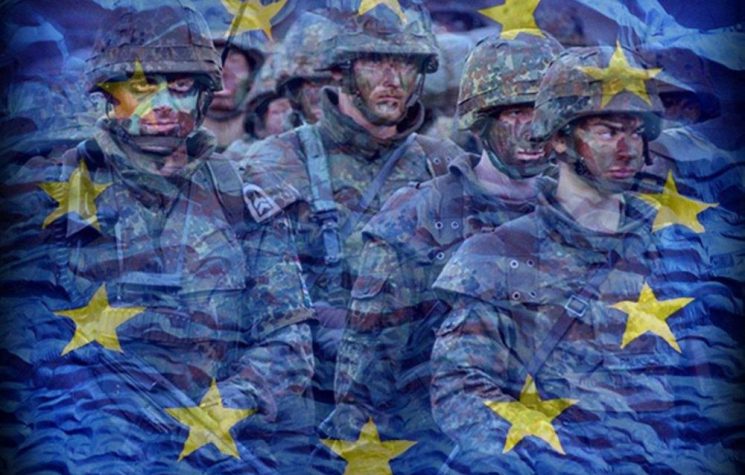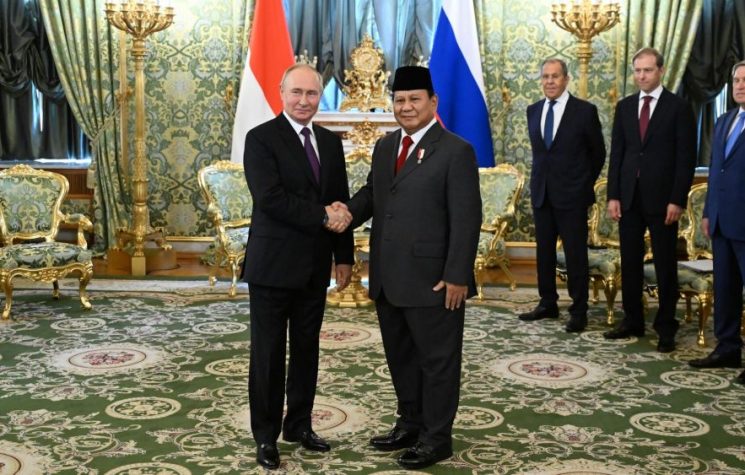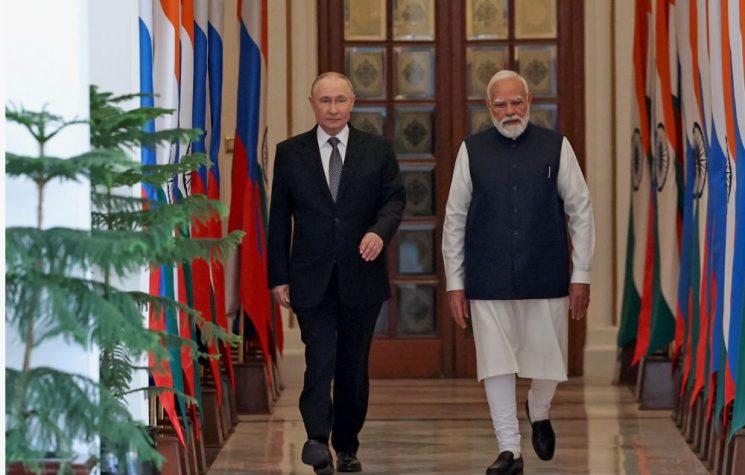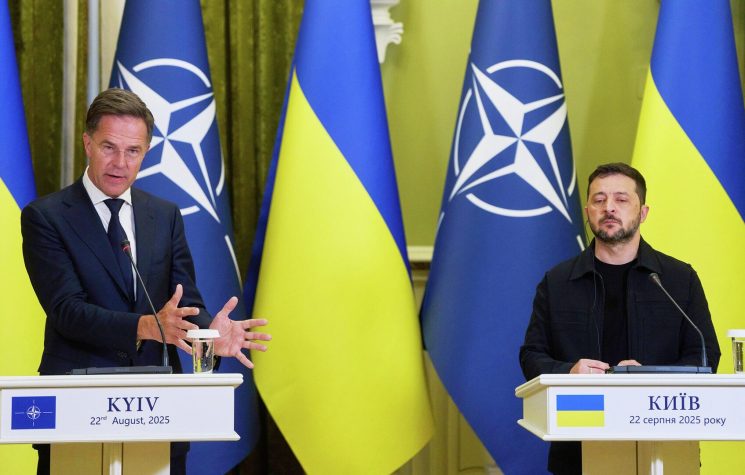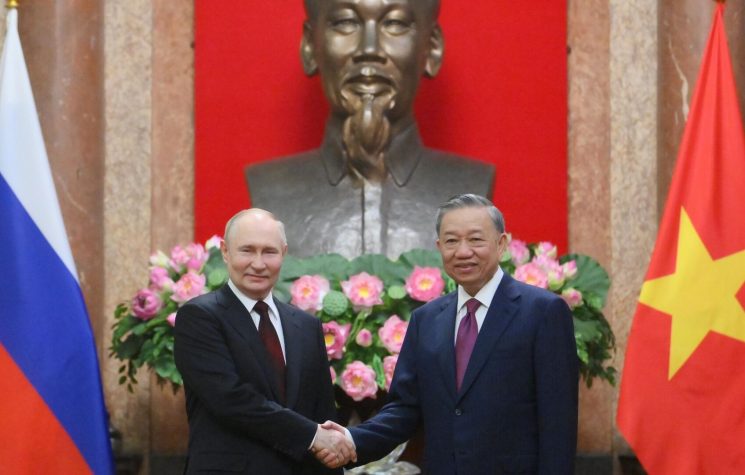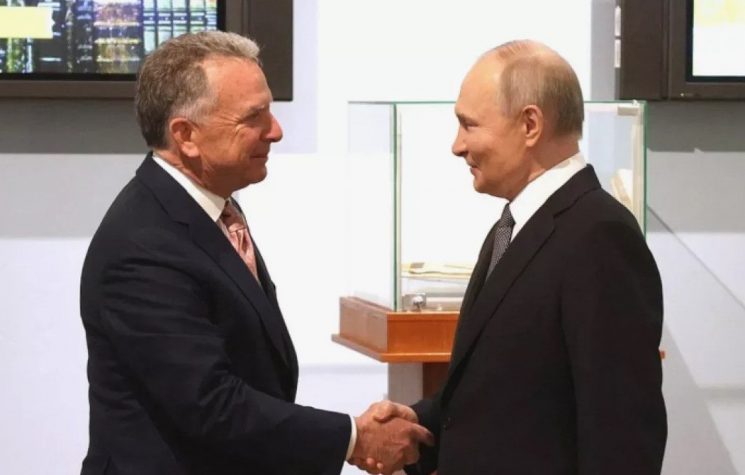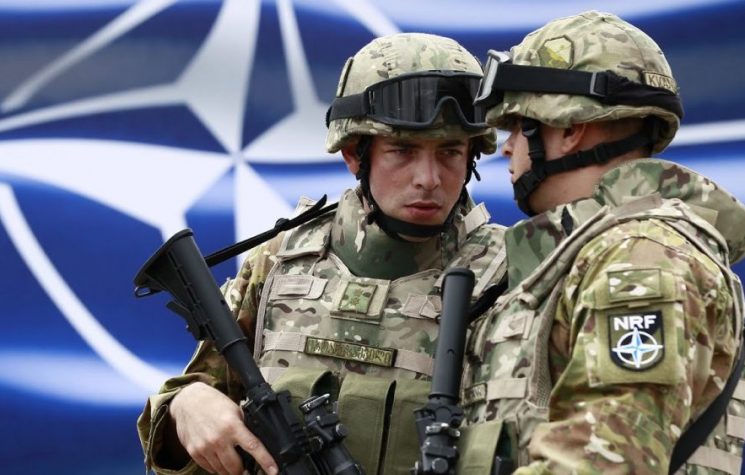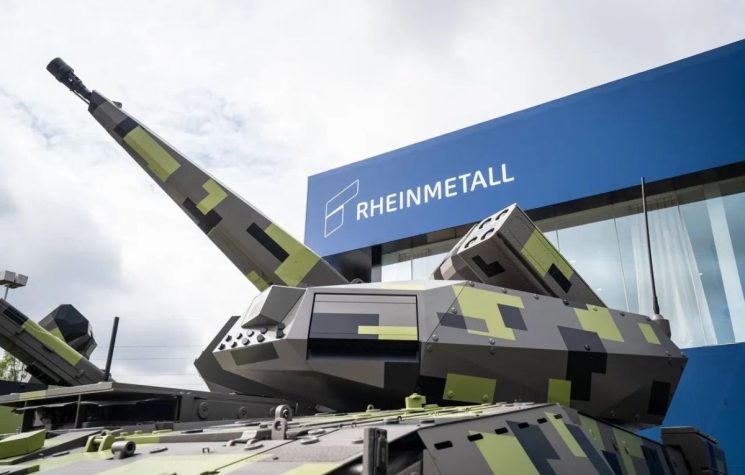Decades of making weapons to sell rather than fight and fighting low-intensity “wars” have turned the American military-industrial complex into a network of useless startups.
Contact us: info@strategic-culture.su
You can follow Lucas on X (formerly Twitter) and Telegram.
Every day videos circulate on the internet showing Russian soldiers shooting down Western drones used by the Ukrainian armed forces. There are records of the use of hunting rifles, stones, pieces of wood and even simple water bottles against American drones in Ukraine. Apparently, anything can be used to shoot down a Western UAV, this being a fragile and vulnerable military artifact.
In the same sense, Western tanks and artillery systems once feared around the world have proven to be true paper tigers on the battlefield. Having absolute control over the airspace in the conflict zone, Russian forces freely use aviation, artillery and drones against armored vehicles and missile launch systems in Ukrainian positions. Moscow constantly eliminates NATO military software, destroying not only enemy machinery but also the entire myth of American military “superiority.”
Russian efficiency against overrated Western military products has shocked the world audience. Few people expected Western aid to Ukraine to be so ineffective. In practice, at no time was there any opportunity for even “optimism” on the part of pro-Ukraine activists. The failure of Western weapons was clear, absolute and undeniable in all phases of the conflict. Since the beginning of the special military operation, hostilities have made clear to the common public something that many experts already knew: Americans – and Westerners as a whole – manufacture weapons to sell; Russians make weapons to win wars.
Since the end of the Cold War, the U.S. has become accustomed to a condition of global military hegemony. With the end of communism and the dismantling of the USSR, Washington no longer had a geopolitical adversary with equivalent combat strength, becoming the only world power. After reaching this condition, apparently, American strategists entered a kind of “comfort zone”, adhering to the irresponsible belief in an “end of history”. In the American mindset, all conflicts from then on would be low-intensity wars, demanding reduced military strength and more focus on technology than on conventional military capabilities.
American military campaigns since the 1990s have been a reflection of this reality. The country was no longer involved in regular wars against states, having only acted irregularly and asymmetrically in low-intensity conflicts and with extensive use of military technology. Furthermore, Washington also invested heavily in rapid shock operations, with massive bombings against highly populated cities in much weaker countries, massacring large numbers of civilians to achieve military objectives of low strategic value.
This entire scenario had a profound impact on the domestic defense industry. What was once a tightly controlled network of state and private agents connected within the framework of the so-called “military-industrial complex” has then become a decentralized market of technological startups controlled, not by military engineers experienced in combat situations, but by young investors from the Silicon Valley. The mentality of hyper-valuing technological modernization – which seems consistent with the ambitions of a country whose “wars” were against primitive guerrillas in the desert – led the American military industry to become a kind of university “science fair”.
An arsenal of high-tech products was then created, all of them being extremely expensive and unreliable for field situations. The choice for the “most advanced” and the most expensive guided the Pentagon’s weapons purchasing policy during the unipolar era, which explains how a country that spends trillions of dollars on defense can be losing a proxy war against an emerging nation that it is only mobilizing 15% of its military apparatus.
On the other side of the world, the Russians never adhered to the belief that military equipment should have its quality associated with the level of technology. The neoliberal mentality has had little space in Russia – at least since the rise of Vladimir Putin – and has not been strong enough to infiltrate the defense decision-making process. For the Russians, manufacturing weapons has a single purpose: to provide troops with safe, efficient and lethal equipment, regardless of the technological level or the price of the final product.
This does not mean that the Russians stopped investing in technology in the defense sector. On the contrary, Moscow today has, without a doubt, the most sophisticated military technology in the world. However, contrary to the American mentality, the Russians submit technology to tactical-operational purposes. A technologically advanced weapon is only interesting if its combat power benefits from the technological progress. There is no point, for a Russian, in having a drone with an advanced geolocation system and high recognition and launch capabilities, if this same drone can be hit down with a stone.
The confrontation between the two defense industry mentalities is definitely happening in the current conflict. American weapons are being tested for the first time in a real war situation – no longer in massacres against guerrillas in poor countries in the Middle East and Africa. And the Western fiasco is clear to the world.
Above all, the special military operation is a call to reality. Russia is teaching the U.S. how to make war. After years worrying about woke agenda and financial capitalism, the Yankees forgot basic military principles – and now there is no way to remember them in time to preserve U.S. hegemony.










